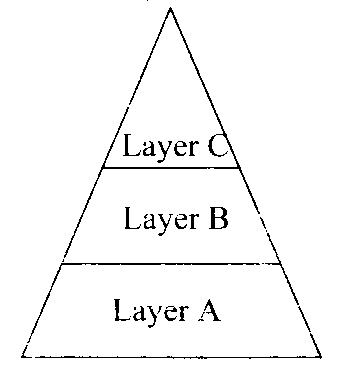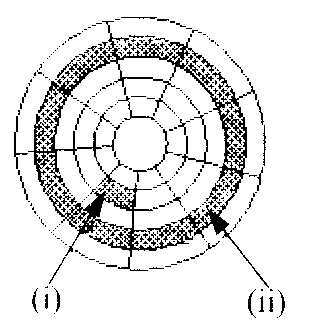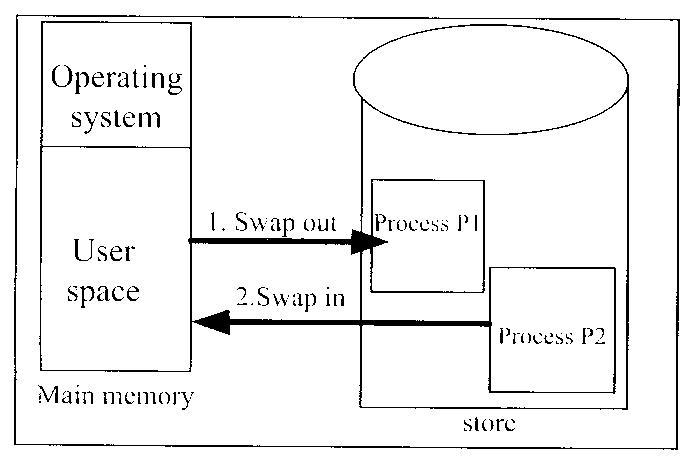Operating Systems November 2015 Question Paper
Operating Systems November 2015
Course:Diploma In Information Communication Technology Module I
Institution: Knec question papers
Exam Year:2015
The Kenya National Examinations Council
Diploma in Information Communication Technology
Module I
Operating Systems
November 2015
3 hours
Answer any FIVE of the following EIGHT questions
1. (a) (i) Explain the term.page table as applied in operating systems. (2 marks)
(ii) Outline four advantages of First Come First Served (FCFS) scheduling algorithms. (4 marks)
(b) Paul was investigating the challenges that his company might be experiencing as a result of using monolithic operating system. Explain two challenges he could have identified. (4 marks)
(c) Explain two circumstances that could necessitate implementation of a client server operating system in an organization. (4 marks)
(d) Sam was required to investigate disadvantages of virtual machines in computers.
Explain three disadvantages that he could have established. (6 marks)
2. (a) (i) Outline two file allocation methods that could be used in operating systems. (2 marks)
(ii) Explain two reasons for adapting buffering technique in I/O communication. (4 marks)
(b) Figure 1 shows inbound memory hierarchy diagram. Describe each of the layers labeled A, B and C. (6 marks)

Figure 1
(c) Several design issues are of concern in disk cache implementation. Explain two typical considerations that should be observed. (4 marks)
(d) Beth intends to adopt a full backup scheme for her company''''s file system. Explain two disadvantages that she could likely realize while using this backup scheme. (4 marks)
3. (a) Distinguish between human-readable and machine-readable I/O devices. (4 marks)
(b) Sarah intends to select a file system for her company. Outline four factors that she should consider other than cost. (4 marks)
(c) Define each of the following terms as used in file system:
(i) field; (2 marks)
(ii) record. (2 marks)
(d) (i) The short-term scheduler is invoked whenever an event occurs that may lead to the blocking of the current process in an operating system. Outline four examples of such events that could be invoked. (4 marks)
(ii) Explain two circumstances under which an operating system would prompt a user to rename a file. (4 marks)
_. --
4. (a) Explain each of the following terms as used in operating systems:
(i) port; (2 marks)
(ii) message. (2 marks)
(b) (i) Figure 2 shows a cross section of a disk platter. Outline each of the parts label
(i) and (ii). (4 marks)

Figure 2
(ii) Kate was investigating conditions necessary for deadlocks in operating systems.
Outline four conditions that she was likely to identify. (4 marks)
(c) Julie intends to use fixed memory partitioning in an operating system that she was designing for a client. Explain two difficulties that she could experience while using this memory technique. (4 marks)
(d) Load sharing is one of un-processor scheduling technique. Explain two versions of this technique that could be implemented in operating systems. (4 marks)
5. (a) Explain each of the following types I/O operations:
(i) control; (2 marks)
(ii) status; (2 marks)
(iii) transfer. (2 marks)
(b) Explain two circumstances that could render use of context switching in operating systems. (4 marks)
(c) Hillary was required to identify disadvantages of sequential file access method during a job interview. Outline five disadvantages that he could have mentioned. (5 marks)
(d) With the aid of a diagram, describe a process control block PCB s applied in operating system. (5 marks)
6. Explain each of the following terms as used in memory management:
(i) address space; (2 marks)
(ii) user space. (2 marks)
(b) Distinguish between a ready-state and blocked-state of a process. (4 marks)
(c) Amos was required to implement remote file sharing system for a client. Explain three methods that he could consider for the client. (6 marks)
(d) Figure 3 shows a memory allocation technique. Use it to answer questions that follow.

Figure 3
(i) Identify the appropriate memory management techniques depicted in the figure.
(2 marks)
(ii) Explain two benefits that could be realized when using memory management technique identified in (i). (4 marks)
7. (a) (i) Outline four typical resources needed in a process execution. (4 marks)
(ii) Differentiate between data and system buses as used in computers. (4 marks)
(b) (i) Describe the term disk cache as applied in computers. (2 marks)
(ii) Anna was required to investigate I/O protection measures that could be implemented in an operating system for her company. Explain two measures that she could have identified. (4 marks)
(c) A number of memory placement techniques exist in an operating system. Explain three of such techniques that could be adapted in a given operating system. (6 marks)
8. (a) (i) Define the term monitor as used in process management. (2 marks)
(ii) Distinguish between logical and physical addresses as applied in memory management, (4 marks)
(b) Tom was required to develop a clock module for an operating system for a client.
Outline four functions of this module to the proposed operating system. (4 marks)
(c) Nabat described several objectives for developing an I/O module to his friends. Outline four objectives that he could have mentioned. (4 marks)
(d) Nissi Company Ltd. Was experiencing security issues with its file system. Explain three logical security measures that it could implement in order to mitigate the issue. (6 marks)
More Question Papers
Exams With Marking Schemes
Popular Exams
Mid Term Exams
End Term 1 Exams
End Term 3 Exams
Opener Exams
Full Set Exams
Return to Question Papers